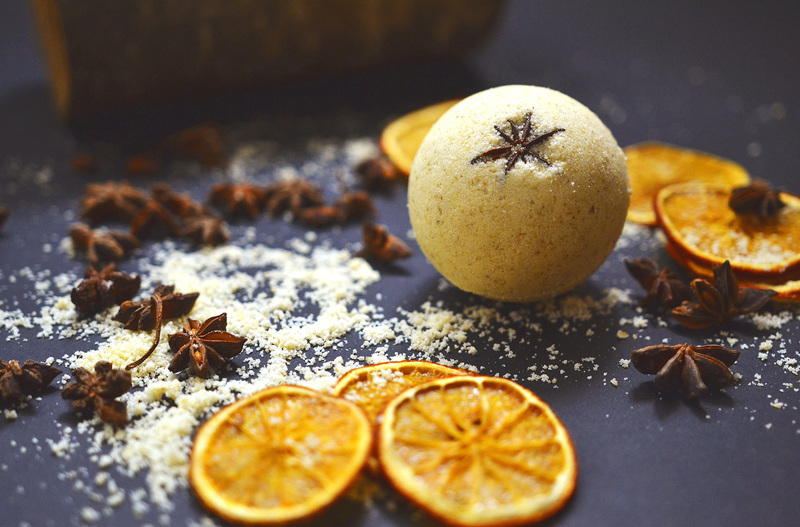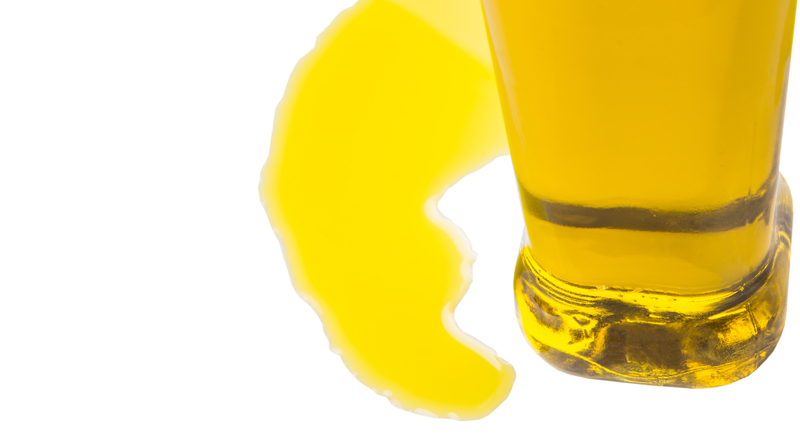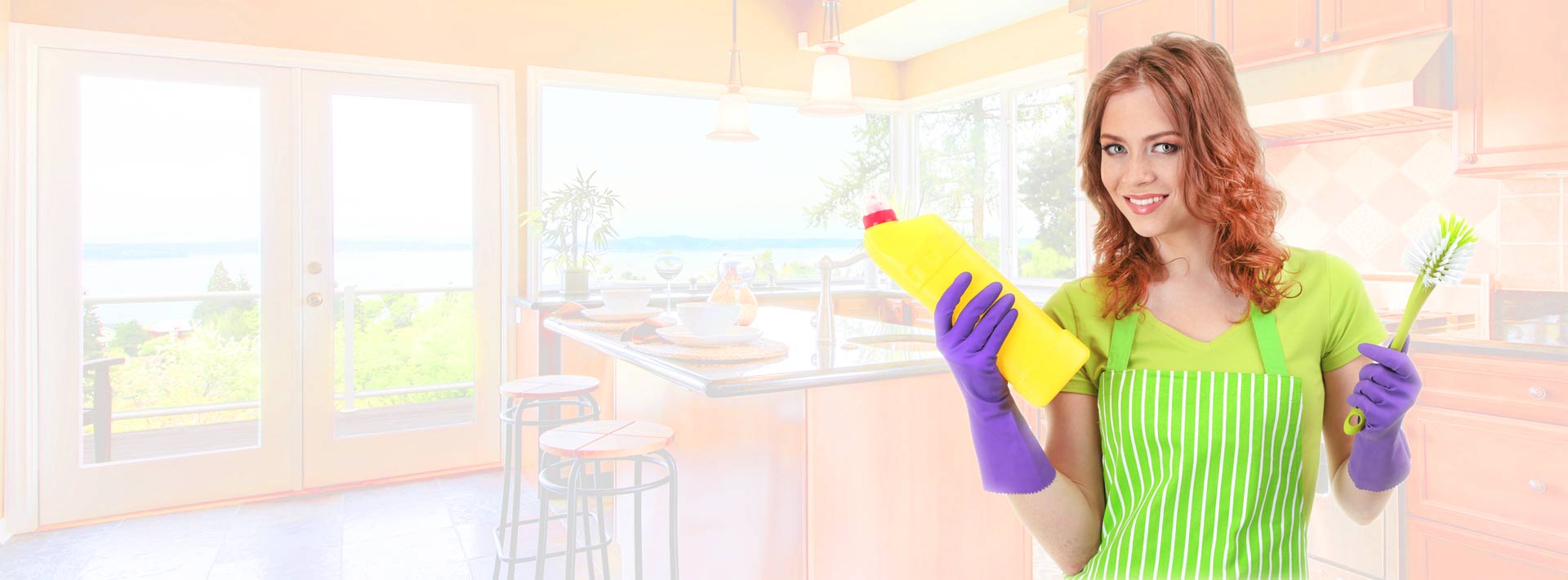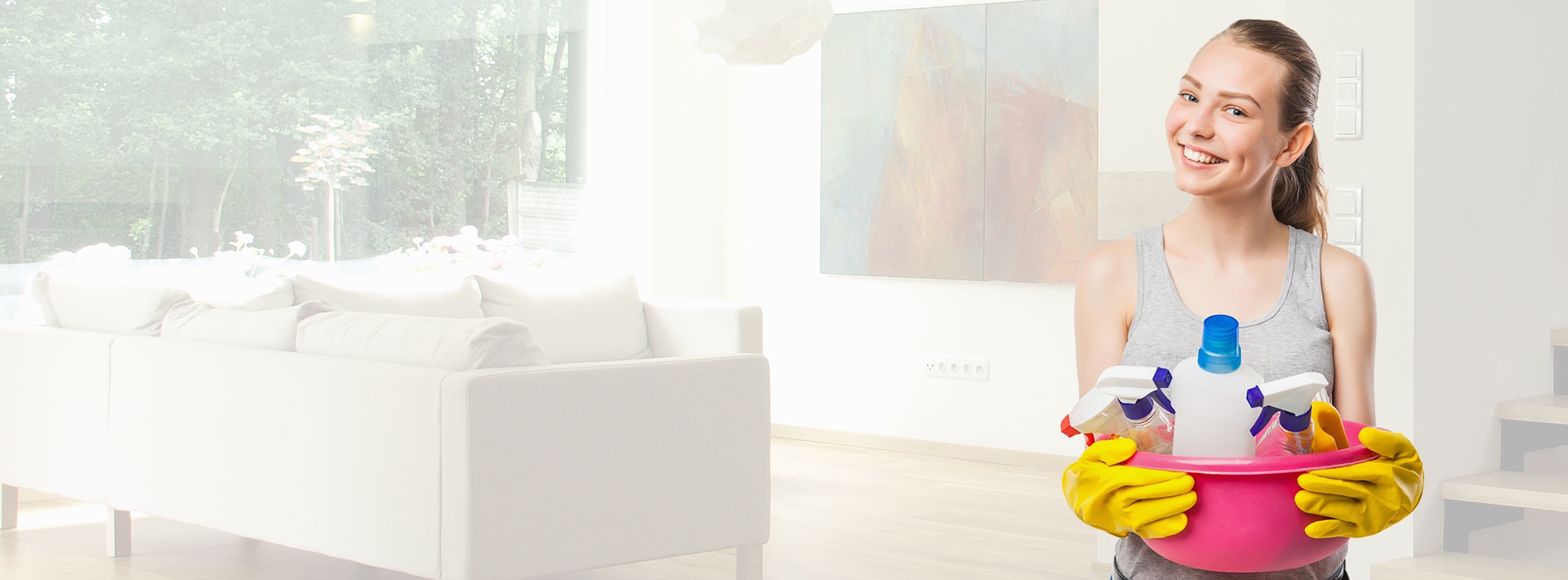Protecting and Washing Velvet Curtains for Lasting Elegance in Your Home
Posted on 01/06/2025
Protecting and Washing Velvet Curtains for Lasting Elegance in Your Home
Velvet curtains epitomize luxurious sophistication in home interiors. Their plush texture, rich colors, and regal drape instantly transform any room, infusing a sense of warmth and grandeur. However, such elegance comes with a responsibility--proper care and maintenance are essential to preserve their beauty and extend their lifespan. In this comprehensive guide, you'll discover everything you need to know about protecting and washing velvet curtains, ensuring they remain a timeless highlight in your home decor.
Understanding Velvet Curtains: Composition and Appeal
Velvet is a unique fabric characterized by its dense pile, soft hand-feel, and lustrous sheen. Traditionally woven from silk, modern velvet curtains are often crafted from cotton, polyester, or synthetics, making them more affordable and versatile. Their opulent appearance makes them a favored choice for living rooms, bedrooms, and formal spaces.
- Natural fiber velvet: Luxurious, breathable, and delicate; often requires professional cleaning.
- Synthetic velvet: Durable, easier to maintain, and available in wider color ranges.
While velvet's beauty is undeniable, its pile is susceptible to damage from dust, sunlight, and improper washing. Mastering the art of care will keep your velvet drapes looking fresh and inviting year after year.

Why Velvet Curtains Require Specialized Care
Velvet is not just another heavy curtain material; it's a textile masterpiece. Each fiber stands upright, creating the soft, three-dimensional effect that catches light and shadow. This unique composition means special care is necessary to:
- Retain the velvet's natural sheen and color intensity
- Prevent flattening of the pile
- Avoid water stains and streaks
- Protect against fading due to sunlight
- Guard against dust, dirt, and pet fur accumulation
Understanding these vulnerabilities is key to implementing a regular care routine that safeguards your curtain's exquisite appearance.
Best Practices for Protecting Velvet Curtains
1. Shield from Sunlight Exposure
Extended sunlight exposure is one of the leading causes of fading and fabric weakening in velvet curtains. Here's how you can prevent sun-related damage:
- Choose lined velvet curtains - Lining serves as a protective barrier, reducing the penetration of UV rays.
- Install sheer overlays during peak daylight hours to diffuse direct sun exposure.
- Rotate or reposition curtains periodically so that no single area is always in the sun.
2. Minimize Dust and Allergen Buildup
Dust, pollen, and pet fur can dull the luster of velvet and even cause allergies. For ongoing protection:
- Vacuum regularly using a soft brush attachment on the lowest suction setting.
- Shake out your curtains gently outside at least once a month.
- Avoid spraying aerosols or air fresheners near your velvet curtains, as these can settle and create buildup
3. Prevent Pile Crushing and Wrinkling
The hallmark of velvet is its soft, upright pile. Unfortunately, weight and improper handling can flatten or crush it:
- Always handle velvet curtains with clean, dry hands to prevent oil transfer and matting.
- Use high-quality curtain rods that support the full weight of the panels without undue strain.
- Avoid stacking or pressing heavy objects against stored or hanging curtains.
- Re-plump the pile by softly brushing or steaming (more on that below).
How to Wash Velvet Curtains: Comprehensive Care Techniques
When it comes to washing velvet curtains, extra care is always required. Not all velvet is washable, and improper methods can lead to irreversible damage. Always check the care label first to determine the appropriate process. Let's explore the safest practices for both washing and spot cleaning velvet drapes.
1. Spot Cleaning for Everyday Spills
Spot cleaning is often the first line of defense for minor stains. Here's a step-by-step method:
- Blot spills immediately using a clean, absorbent cloth or paper towel; avoid rubbing.
- Mix a mild detergent solution (a few drops in lukewarm water).
- Dab the stain gently with a clean cloth dipped in the solution. Never soak the velvet.
- Rinse by blotting with another damp, clean cloth.
- Allow area to air-dry; use a hairdryer on cool if necessary to speed up the process.
- Re-fluff the pile with a soft brush after it's dry.
2. Can You Machine Wash Velvet Curtains?
In general, washing velvet curtains in a machine is not recommended unless the care label specifically states it is safe. For certain types of synthetic velvet, the following approach may be possible:
- Use a gentle cycle with cold water.
- Wash curtains alone to avoid friction damage.
- Employ a mild, non-bleaching detergent.
- Always use a mesh laundry bag if possible.
Never wring or twist velvet curtains after washing. Instead, gently press out excess water with a towel, then hang or lay flat to dry.
3. Hand Washing Velvet Curtains
For finer, delicate, or unlined velvet curtains, hand washing is preferred:
- Fill a clean tub or basin with lukewarm water and a small amount of gentle detergent (baby shampoo works well).
- Gently submerge the curtain panel, swishing it minimally.
- Do not scrub or twist the fabric.
- Rinse thoroughly in cool water to remove all soap.
- Support the weight of the curtains when lifting to avoid pile distortion.
- Lay flat on a towel and roll up to press out water, then air dry away from direct sunlight.
4. Dry Cleaning: The Safest Option
For natural fiber velvet (cotton or silk) and premium curtains, professional dry cleaning is highly recommended. Dry cleaners have the expertise and products necessary for thorough, safe cleaning. This is the safest choice for antique, embellished, or lined velvet drapes.
Step-By-Step Guide to Cleaning Velvet Curtains
-
Dust or vacuum the velvet curtain first.
- This removes surface dust and minimizes the risk of streaks and water spots.
-
Test a small, inconspicuous area.
- Apply a tiny amount of water or detergent to ensure there's no color bleeding or texture change.
- Choose the safest cleaning method (spot clean, hand wash, or professional dry cleaning) based on care instructions and curtain material.
-
Dry thoroughly.
- Velvet should always be air-dried, preferably hung upright so the weight helps pull out wrinkles.
- Never use direct heat or tumble drying, as this can shrink or damage the fabric.
-
Restore the velvet pile.
- Once dry, gently brush the fabric with a soft clothes brush in the direction of the pile to re-fluff.
- A clothes steamer can help lift the fibers and remove persistent creases.
Maintaining Velvet Curtain Elegance: Long-Term Strategies
Routine Care Tips
- Vacuum once a week for high-traffic areas to keep velvet looking pristine.
- Rotate drapes every season to prevent uneven color fading.
- Air out curtains during humid weather to prevent mustiness and mildew.
Dealing with Wrinkles and Flattened Areas
- Use a handheld steamer on a low setting (do not touch fabric directly with steamer head). Steam from the reverse side if possible.
- Hang in a steamy bathroom to gently relax creases.
- A soft bristle brush can restore pile after steaming.
Storage Recommendations for Velvet Curtains
- Clean thoroughly before storing.
- Store in breathable bags (not plastic) to allow airflow and prevent moisture build-up.
- Roll, don't fold, to avoid permanent creases.
- Keep away from direct sunlight and heat sources.
Common Mistakes to Avoid When Caring for Velvet Curtains
- Over-washing: Frequent full washes break down fibers and are unnecessary unless heavily soiled.
- Using harsh chemicals or bleach: These can strip color and destroy the silkiness of the pile.
- Neglecting care label instructions: Always check these before cleaning.
- Ironing directly on velvet: The heat and pressure flatten the pile and burn delicate fibers.
- Ignoring spills: Prompt action prevents stains from becoming permanent.
- Storing damp: Ensure curtains are completely dry before storing to prevent mold and odors.

FAQs on Cleaning and Preserving Velvet Drapes
Can I steam velvet curtains to remove wrinkles?
Yes, steaming is an effective and gentle way to remove creases and lift the velvet pile. Always steam from the underside or hover above the fabric, never press the hot steamer head directly on the pile.
Are all velvet curtains safe to machine wash?
No, only certain synthetic velvets are machine washable. Natural fibers like silk and most cotton velvets require dry cleaning, as even gentle cycles may damage them. Check the care label first.
How often should I clean velvet curtains?
Vacuum or dust weekly. Deep cleaning can be done annually or as needed, depending on exposure to smoke, dust, or heavy soiling.
How do I prevent sunlight damage?
Use lining, sheers, or blackout shades behind your velvet curtains. Reposition furniture and rotate curtain panels regularly to minimize direct exposure.
Conclusion: Ensuring Lasting Elegance from Your Velvet Curtains
*By following these expert tips for protecting and washing velvet curtains, you can extend the beauty and lifespan of your window treatments--ensuring they retain their luxurious elegance and vibrant color for years to come. Regular care, prompt spot cleaning, and knowing when to seek professional help will keep your velvet drapes a source of pride and comfort in your home's decor.*
Investing in the right care means enjoying the unrivaled sophistication of velvet curtains for generations to come. Let your home's windows speak the timeless language of elegance, year after year.
















